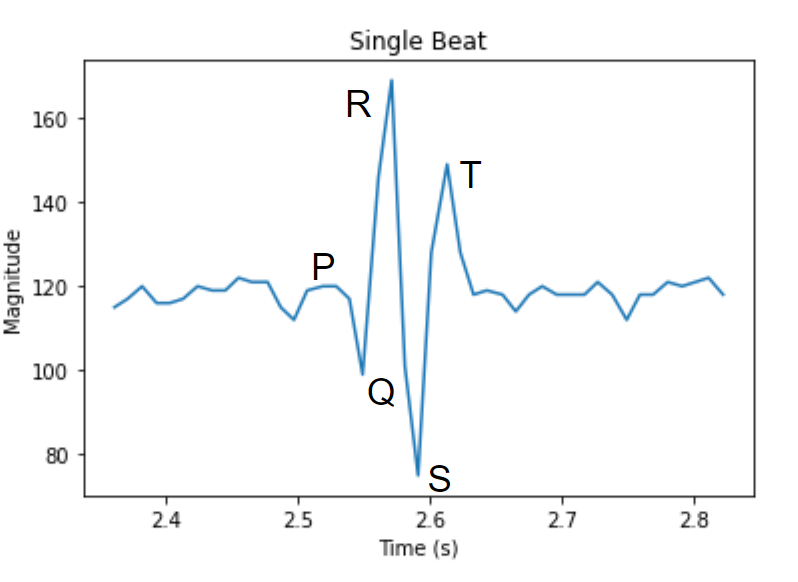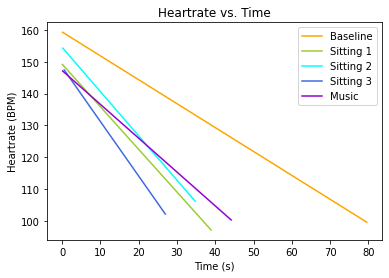Mini ECG - Physics 4BL Class Project
What?
For the Physics 4BL class at UCLA, groups were allowed to create their own arduino-based projects. With a team of three others, I assembled an ECG circuit, collected data, and used python to determine which relaxation techniques were most effective in lowering an elevated heartrate.
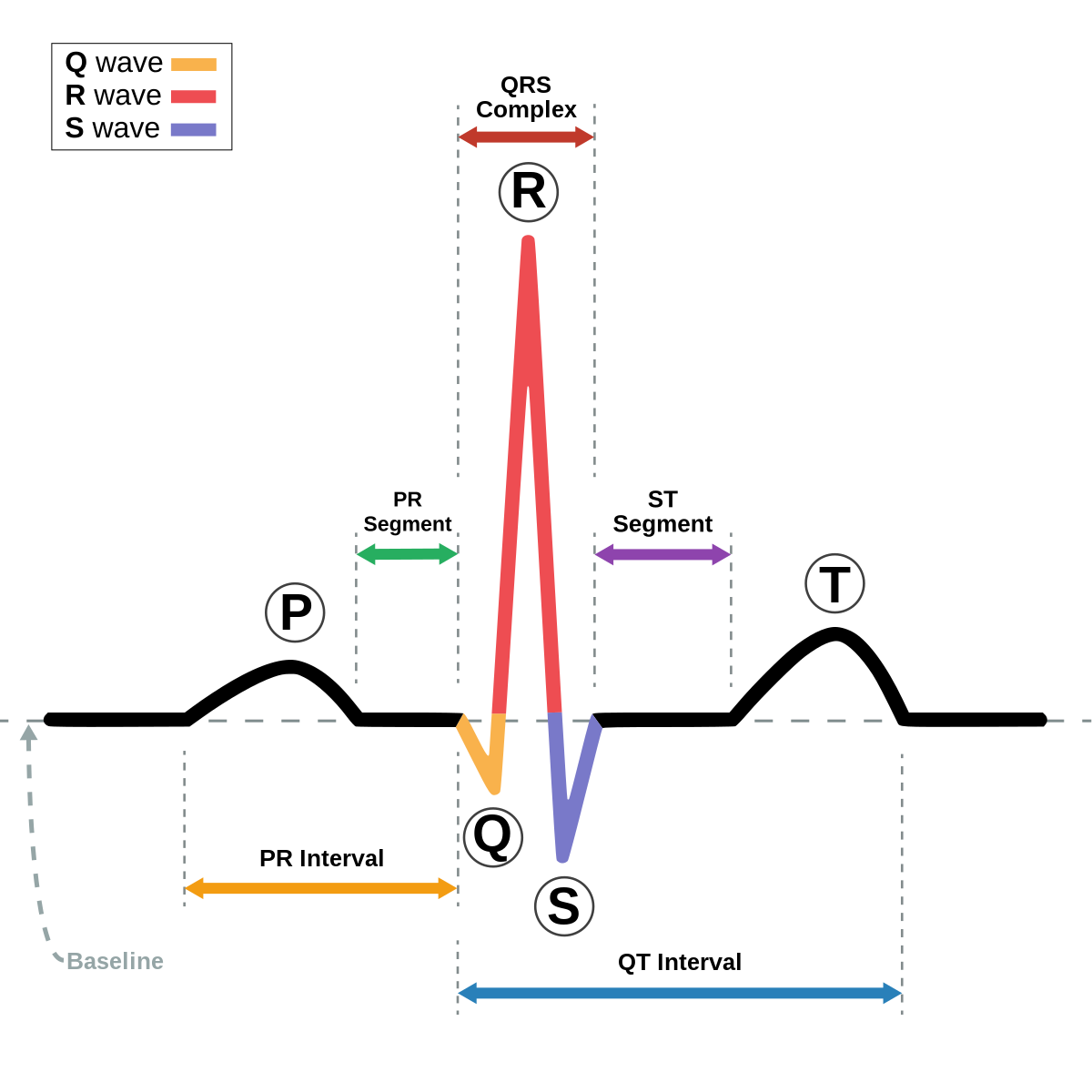
How?
Following the circuit schematic outlined in this Instructables post, I assembled the ECG circuit used for data collection. Two amplification circuits increase the magnitude of the heart's electrical signal to a more easily-interpretable level, 60Hz notch filters attenuate noise from wall power (mains hum), and a 31Hz low pass filter removes high-frequecy noise above heartbeat frequency.
We then used Python to measure the time between consecutive signal peaks, giving us a means of calculating heartrate. Measuring heartrate vs. time for different relaxation techniques allowed us to find which interventions were most effective in lowering an elevated heartrate.
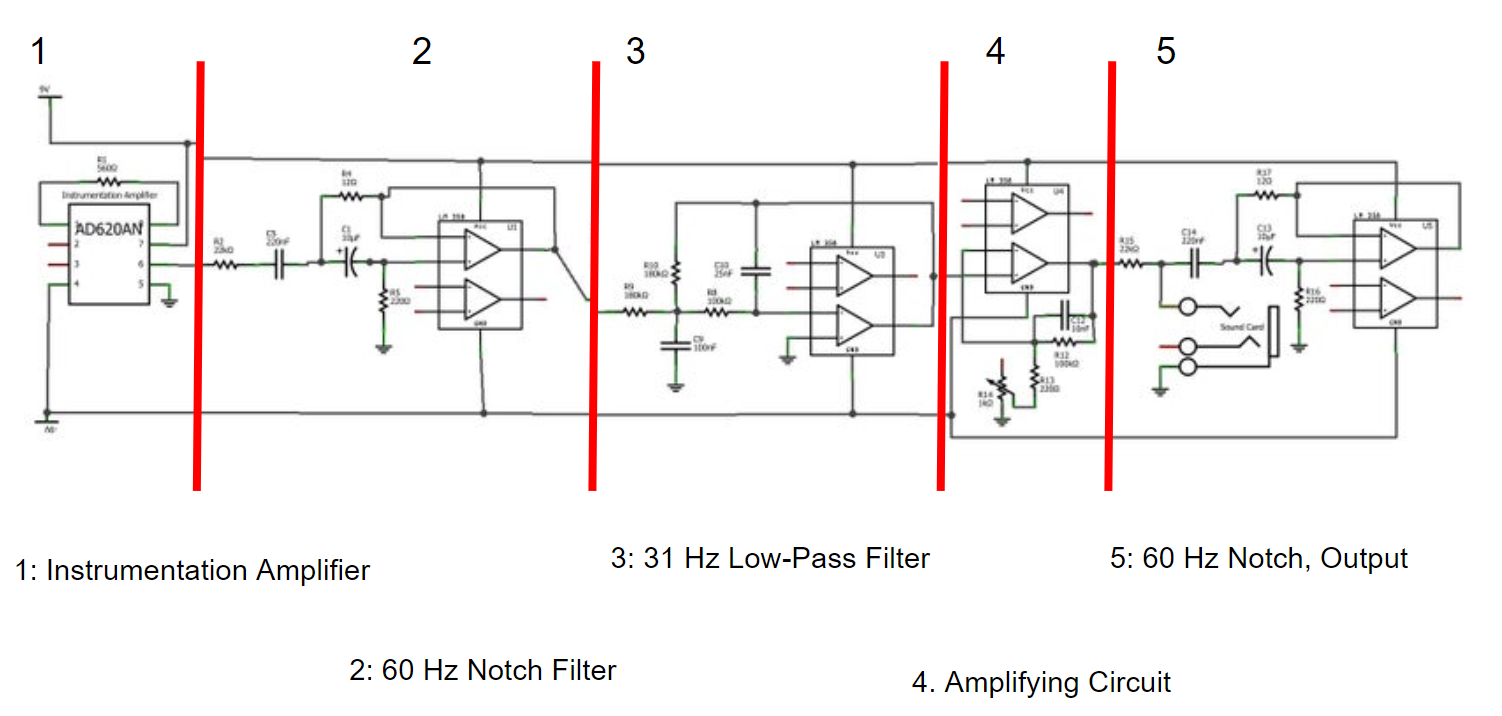
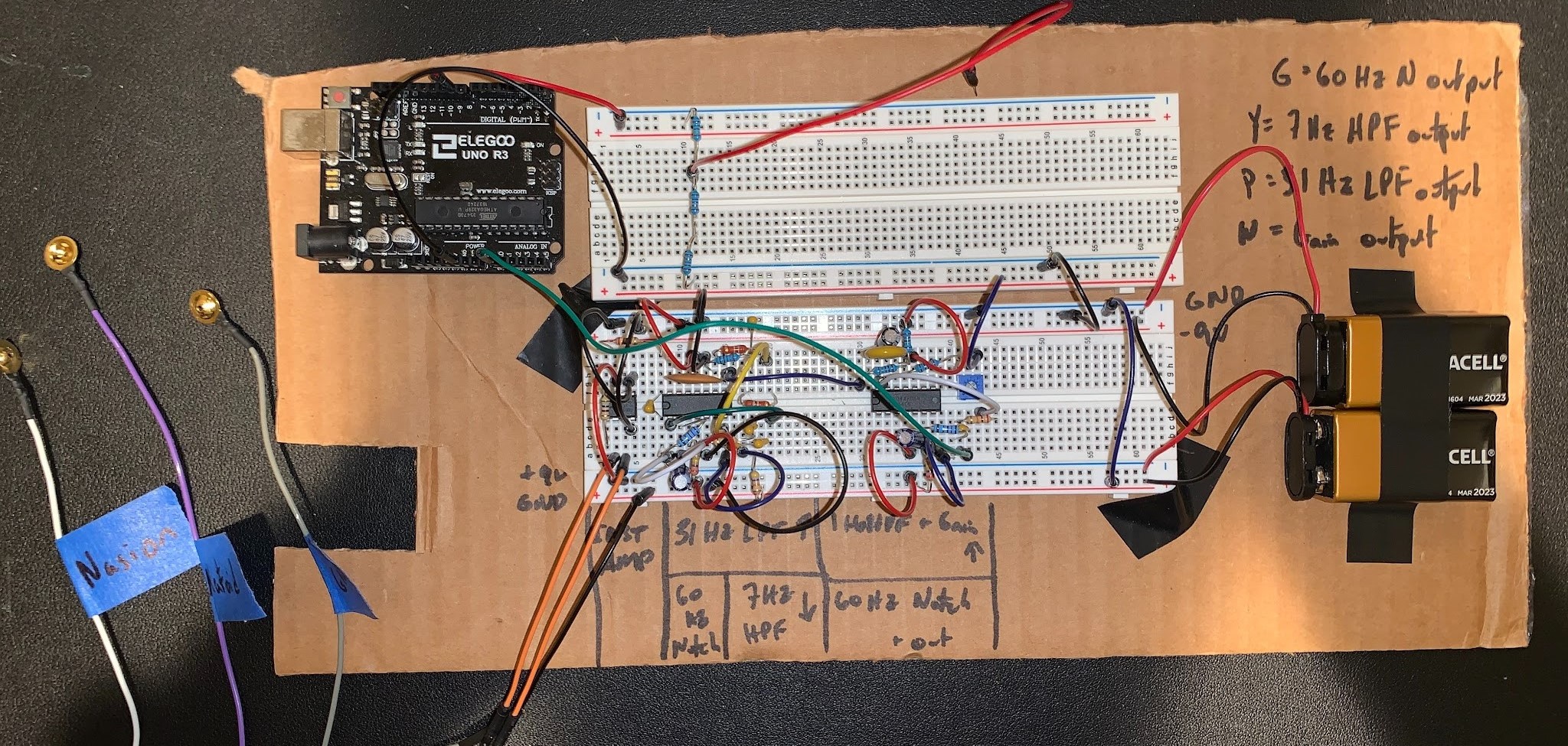

Results
Our homemade ECG circuit allowed all phases of the cardiac cycle to be seen. While we didn't run the most rigorous scientific experiment given the scope of the class, we found that interventions where the participant sat down after strenuous activity proved more effective in reducing heartrate than when the participant remained standing.
